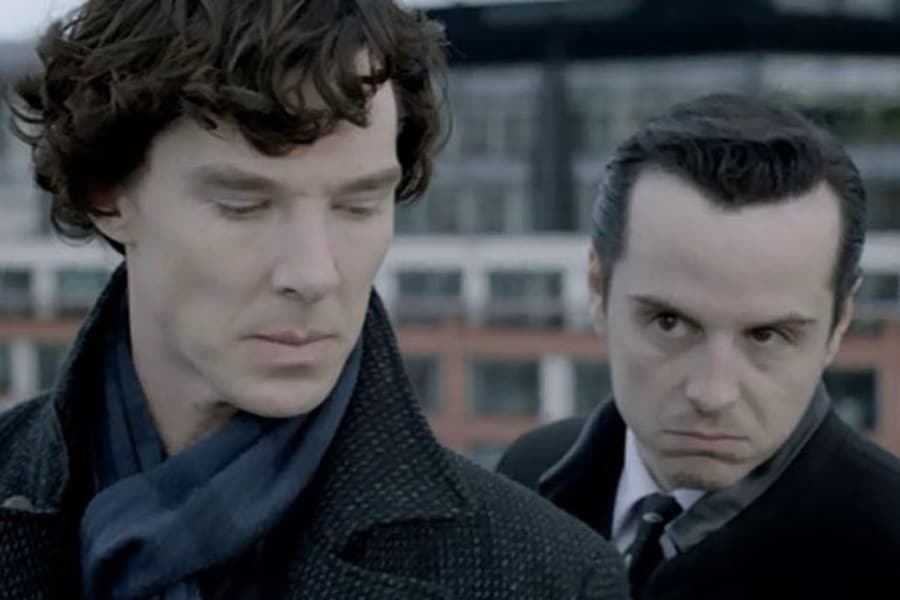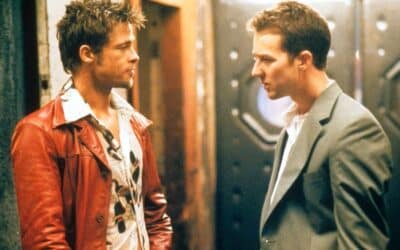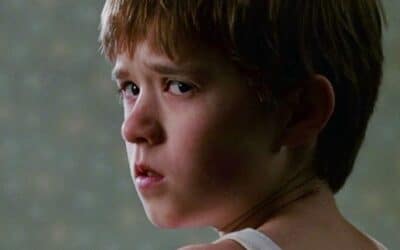
Unlikely Villains
The usual cast of characters in suspense fiction often include hard-nosed detectives, shadowy figures lurking in alleyways, or masterminds with intricate plans. However, the genre occasionally throws a curveball, presenting villains who defy traditional archetypes. These characters, often overlooked or underestimated, bring a unique flavor to tales of mystery and intrigue. This article delves into the world of unlikely villains in suspense literature and screen adaptations, showcasing how these characters add depth and unpredictability to the narrative.
A prime example is Agatha Christie’s classic “The Murder of Roger Ackroyd.” Here, the villain is not a sinister outsider but someone deeply embedded in the social fabric of the story. Christie masterfully uses the narrative perspective to conceal the villain’s identity, leading to a groundbreaking twist that redefined the genre. This twist was so impactful that it remains a benchmark for surprise endings in crime fiction.
Moving to the silver screen, Alfred Hitchcock’s “Psycho” presents Norman Bates, a character who initially appears more vulnerable than villainous. Hitchcock’s genius lies in his ability to subvert expectations, transforming Bates from a seemingly harmless innkeeper into a figure of terror. The film’s exploration of Bates’ psychological complexities makes him a standout in the pantheon of movie villains.
In recent years, Gillian Flynn’s “Sharp Objects” brought to the fore the character of Adora Crellin, a mother whose malevolence is masked by her social stature and maternal facade. The novel, and its subsequent TV adaptation, skillfully portrays Adora’s villainy as a product of her environment and personal trauma, creating a complex and unsettling character.
Another intriguing example is found in “The Secret History” by Donna Tartt. Here, the villains are a group of seemingly erudite college students, whose intellectual pursuits lead them down a dark path. Tartt’s novel is a compelling exploration of how ambition and desire can corrupt even the most promising individuals.
Turning to television, “Dexter” presents a unique twist on the villain archetype. Dexter Morgan, a forensic blood spatter analyst for the Miami Metro Police Department, leads a double life as a vigilante serial killer. This duality challenges the audience’s moral compass, as they find themselves empathizing with a character who embodies both the law and its transgression.
In the realm of graphic novels, “Watchmen” by Alan Moore and Dave Gibbons offers a fresh take on the concept of the villain. Adrian Veidt, also known as Ozymandias, is a superhero who becomes a villain in his quest to save humanity from itself. The narrative blurs the lines between heroism and villainy, questioning the ethics of extreme measures taken for the greater good.
The BBC series “Sherlock” reimagines the classic character of Jim Moriarty, traditionally portrayed as a criminal mastermind. In this adaptation, Moriarty is a mercurial figure, as charming as he is menacing. His unpredictable nature and complex relationship with Sherlock Holmes add layers to a character that could have easily been a one-dimensional antagonist.
In “Big Little Lies,” both the novel by Liane Moriarty and the HBO series adaptation, the villain is not a single character but the collective secrets and lies of a close-knit community. The story skillfully demonstrates how these deceptions can escalate, leading to tragic consequences. The villainy lies not just in individual actions but in the community’s complicity and silence.
Lastly, “The Wife Between Us” by Greer Hendricks and Sarah Pekkanen presents a narrative where the line between victim and villain is constantly blurred. The novel keeps readers guessing about who the true antagonist is, as the story unfolds through multiple perspectives and time frames. This structure creates a gripping psychological thriller where the villain is as elusive as the truth itself.
These examples illustrate that the most effective villains in suspense are often those who defy expectations. Whether through clever narrative techniques, psychological complexity, or the blurring of moral lines, these characters enrich the genre by challenging conventional notions of villainy. They remind us that in the world of crime and suspense, the most dangerous foes might be hiding in plain sight, masquerading as friends, family, or even the narrators of the stories themselves.
Similar Features
Is It Suspense?
How you know a suspense story for what it is
Unreliable Narrators in Suspense
The most enthralling mysteries are those that lie within us
Suspense Themes
What are some of the common themes of suspense?



